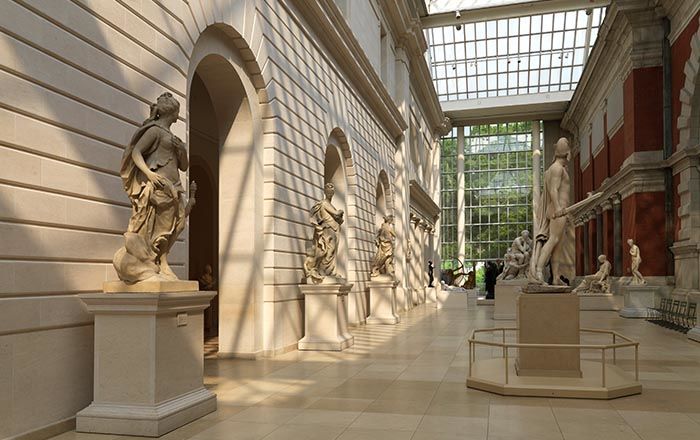Presumed portrait of Angelo Soliman (1721–1796)
Johann Martin Bückle German
Having established a career in Augsburg where he produced portraits of wealthy patricians, Johann Martin Bückle (1742–1811) eventually rose to the position of court medallist at the Durlach Mint in 1786. This profile of an elegantly dressed male, sensitively rendered in thick wax relief, testifies to Bückle’s outstanding skill at conveying a lifelike portrayal of his sitter.
The likeness is almost certainly that of Angelo Soliman (1721–1796), a Black freemason and prominent figure in Vienna who tutored wealthy aristocrats and enjoyed the confidence of Emperor Joseph II. Born of the name Mmadi-Make in sub-Saharan Africa, Soliman was enslaved as a child and transported to Sicily, where he was sold to the Austrian Field Marshall Prince Lobkowitz, whom he accompanied on military campaigns throughout Europe. In 1753, he was bequeathed as property to Prince Wenzel von Liechtenstein in Vienna, where he made his unlikely ascent into high society. Admired by Viennese nobility for his intelligence, fluency in multiple languages, and charm, in 1768, he married a noblewoman, Magdalena von Christiani. Soliman appeared to have attained significant social stature during his lifetime, only to have his body stuffed and exhibited after death as scientific evidence of dubious ethnological theories at the Imperial House of Austria’s Natural History Museum.
